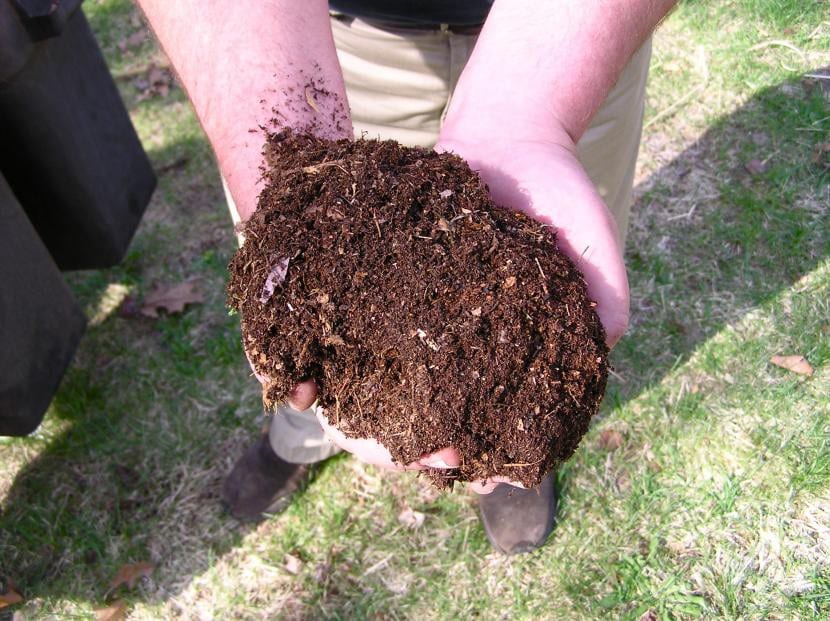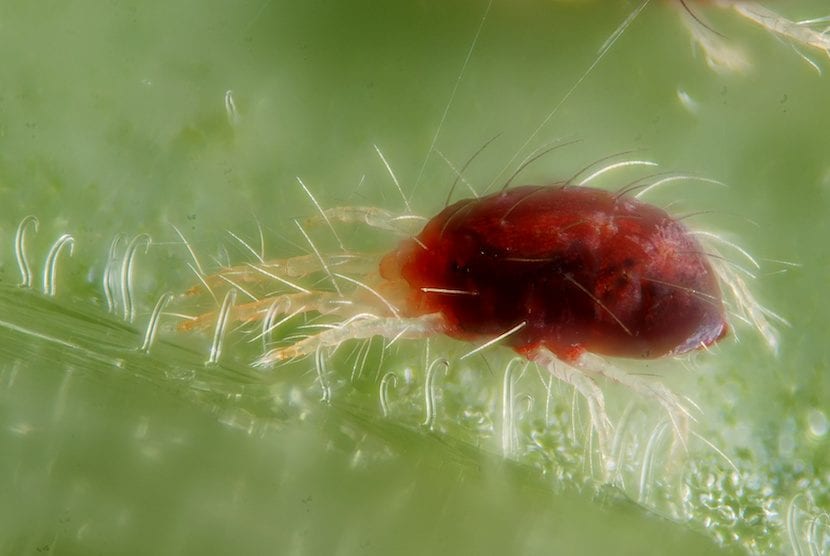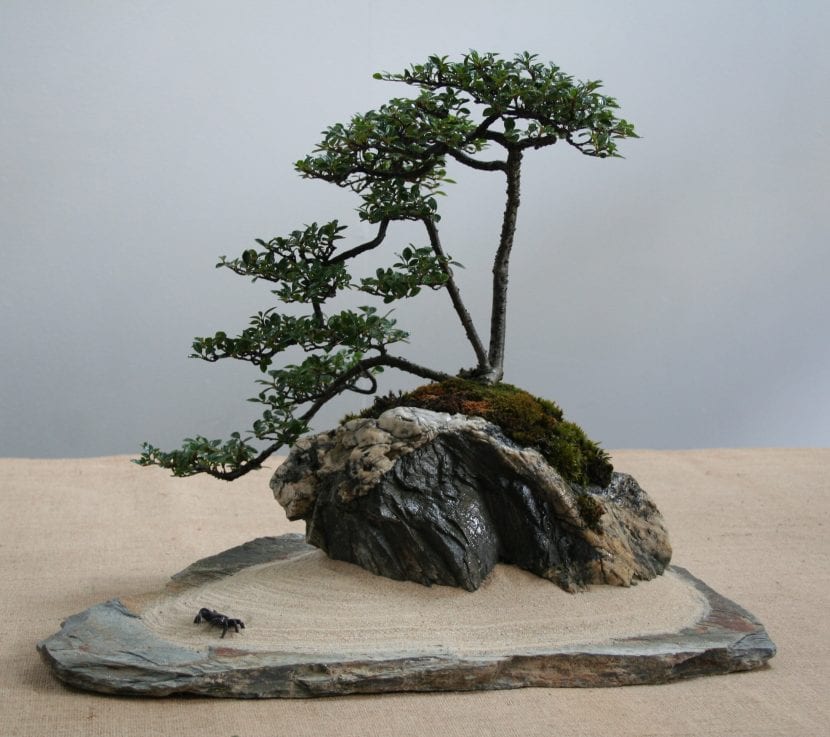
There are bushes… and bushes. There are some that have spectacular flowers, there are others that become beautiful in autumn and there are others, like the Cotoneaster, which has both qualities. But in addition, it is very rustic, so much so that it is likely that when you see an image that I will show you below, you will be surprised.
It can live in a wide variety of climates as long as the temperature drops below 0 degrees at some point in the year, and it does not require much care to be perfect. Did we find out? : )
Origin and characteristics of the Cotoneaster

Our protagonist is an evergreen or deciduous shrub depending on the native species of Europe, North Africa and the temperate region of Asia, found mainly in the mountains of southwest China and the Himalayas. It reaches a height between 0,5 and 5 meters, one of the smallest being the C. frigidus.
It has long stems, from 10 to 40cm, but also short from 0,5 to 5cm, From them sprout the leaves, which are 0,5 to 15cm long and are ovate to lanceolate, and also the flowers that can be solitary or appear in a corymb-shaped inflorescence made up of up to 100 white to pink units. The fruit is a rounded pommel with a diameter of 5 to 12mm, bright red in color and inside which we will find one to five seeds.
How do you take care of yourself?

If you want to get a copy, we recommend providing the following care:
Location
It is important that it is outside, in semi-shade. It can be in full sun, but if you live in an area with a warm climate (such as the Mediterranean) it is more advisable to protect it.
Earth
- Flower pot: universal culture substrate mixed with 30% perlite.
- Garden: grows in all types of soils, even poor ones.
Irrigation
It is necessary to water it about twice a week in summer and every 6-7 days the rest of the year.
Subscriber

From early spring to late summer must be paid with Organic fertilizers, choosing those liquids if you have the potted plant.
Planting or transplanting time
The best time to spend it in the garden is in spring, when the risk of frost has passed. In the case of having it in a pot, you must transplant it every two years.
Pruning
In winter the following branches must be removed:
- Routes
- Sick
- Weak
- That they are crossed or badly oriented
In addition, it is advisable to remove the last fruits.
Pests

You can be attacked by:
- Aphids: they are very small insects, about 0,5 cm long, green, yellow or brown in color that adhere to the leaves, feeding on their cells. They can be controlled with sticky yellow traps.
- Mining moth: it is a caterpillar that excavates galleries inside the leaf. He fights with Diazinon.
- Red spider: it is a mite that also feeds on the cells of the leaves. It is easy to spot as it makes its own web. It is fought with acaricide.
- Cochineal: it can be of different types: cottony or be like limpets. In any case, if they are few, they can be removed with a cotton ball or ear swab moistened in alcohol, or with anti-mealybug insecticides.
Management
Can have mushrooms (powdery mildew, roya). If you see that it has black, gray or reddish-orange spots, you should treat it with a systemic fungicide.
Rusticity
It supports well frosts down to -15 degrees Celsius.
Can it be grown as bonsai?

The truth is that yes. For this purpose the species is often chosen a lot Cotoneaster horizontalis, which is a dwarf variety that in its natural state does not exceed one meter in height and has very small leaves of just 1cm. Their care is as follows:
- Location: outside, in semi-shade.
- Substratum: akadama alone or mixed with 30% kiryuzuna.
- Irrigation: very frequent in summer and more spaced the rest of the year. In general, it is necessary to water it every 2-3 days in the hottest season, and every 5-6 days the rest.
- Subscriber: in spring and autumn with a liquid fertilizer for bonsai following the indications specified on the product packaging.
- Transplant: every two years, in early spring.
- Pruning: in early spring (if it has been transplanted, wait a month to prune it). 6 to 8 leaves are allowed to grow and two are cut.
- Wiring: if necessary, it can be done at any time of the year.
- Rusticity: Although it resists frost, it is much more advisable to protect it from them, especially if they are very intense (-5ºC or more).
What is Cotoneaster used for?

This is a plant that used as an ornamental plant. In the garden it is a magnificent shrub with which to make low or medium hedges. It can also be kept in a pot, from where you can decorate any patio, terrace or balcony. Without forgetting bonsai. It is very easy to maintain and work, one of those plants that will give you great satisfaction from the first moment.
So if you are looking for something that is a true all-rounder, do not hesitate: get a Cotoneaster.
Being of the same Subfamily and Tribe (taxonomy) as the crateagus sp. because they do not talk about the benefits of the cotonaster leaves